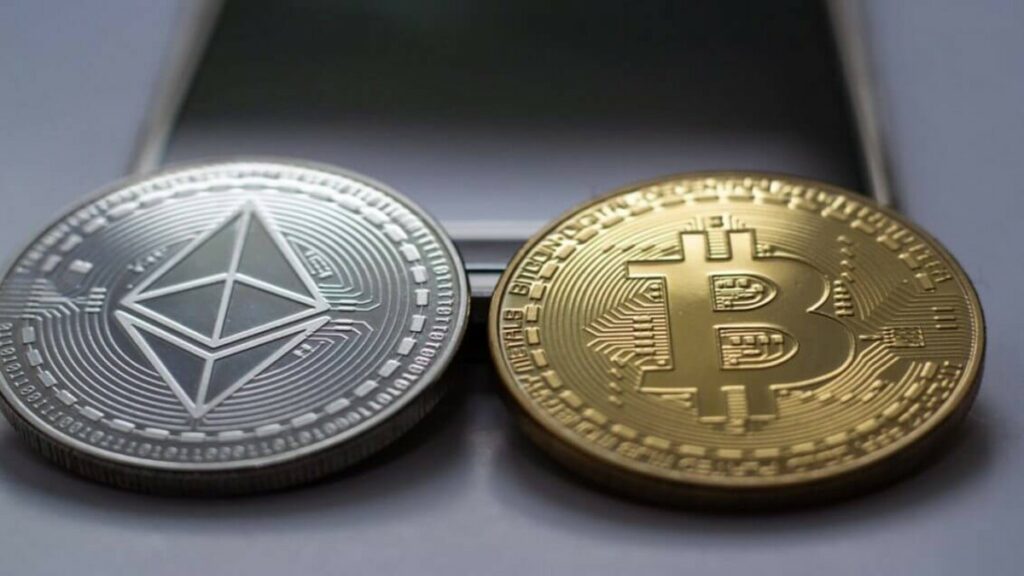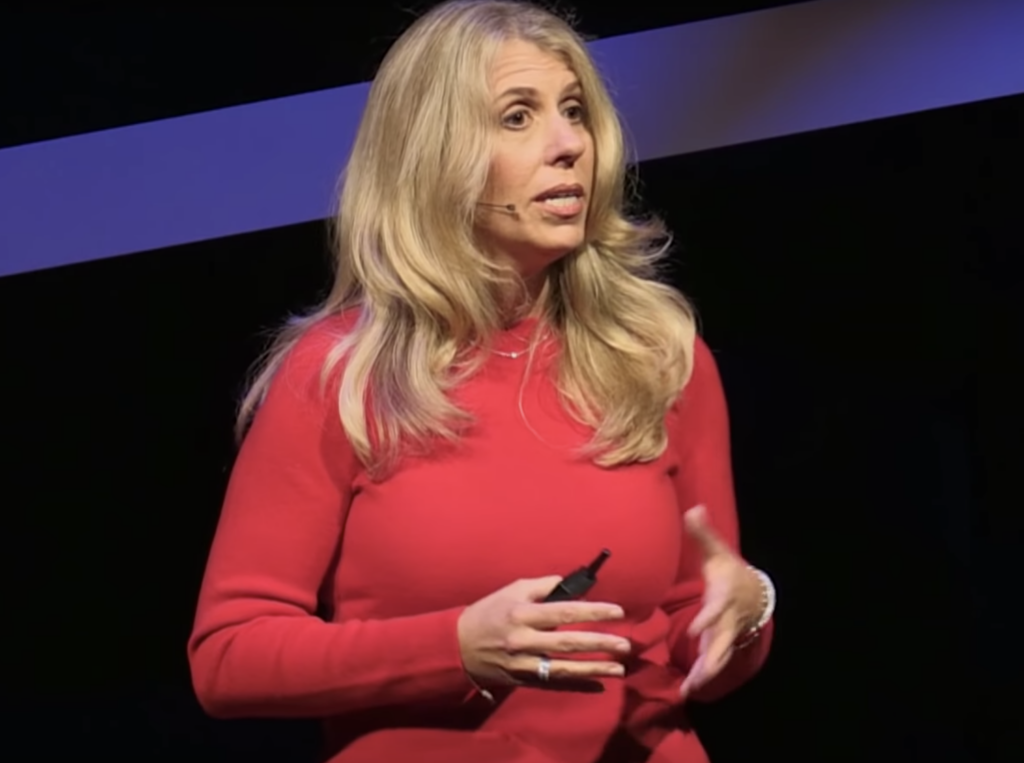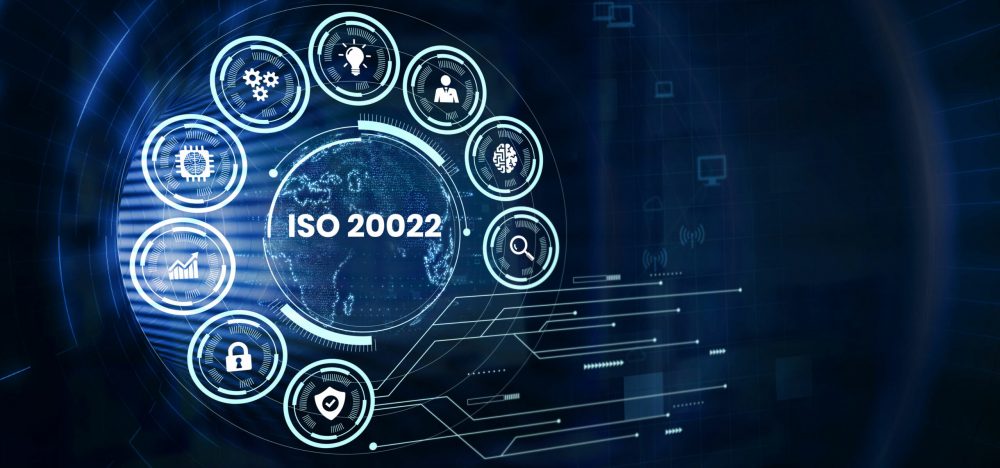After the collapses in cryptocurrencies, regulators are looking for possibilities that align with their view of interoperability. Therefore, regulators are trying to include ISO 20022 altcoin projects as they are eligible for CBDC development. As Kriptokoin.com, we transfer altcoins with ISO 20022 feature to you.
ISO 20022 may come to cryptocurrencies
ISO 20022 is the global standard for the exchange of electronic messages between financial institutions through the Society for Worldwide Interbank Financial Telecommunication (SWIFT). This system is set to change the way banks communicate and improve interoperability. Important cryptocurrencies such as Bitcoin and Ethereum are being tried to be integrated into the SWIFT ecosystem. As a result, cryptocurrencies will be given an ISO number. Accordingly, it will radically change the interaction of cryptocurrencies and fiat currencies.

In addition, the European Union (EU) is transitioning to ISO 20022 in November 2022 to facilitate high-volume cross-border transactions. Thus, the financial settlement platform adopted by all central banks in the EU bloc will include the Goal 2 system. However, the US Fed plans to transition to the ISO 20022 system for November 2023. Experts believe that ISO-compliant cryptocurrencies will change the digital space.
Also, regulators are likely to relax their rigid stance on cryptocurrencies after ISO 20022. It is believed that this movement will increase mass adoption. Also, the ISO 20022 compliant altcoins are Ripple (XRP) and Stellar Lumens (XLM). Other compatible altcoins are;
- Algorand (ALGO)
- Hedera Hashgraph (HBAR)
- IOTA (IOTA)
- Quant (QNT)
- Cardano (ADA)
- XinFin (XDC)
XRP and XLM, ISO 20022 Compliant altcoin projects
Ripple’s native altcoin, XRP, is one of the largest ISO 20022 compliant cryptocurrencies. It ranks at the top of the ISO Standards Authority. Ripple plays an important role in the development and implementation of the ISO 20022 standard. Unlike other traditional cryptocurrencies like Bitcoin, Ripple’s ODL technology is designed to be a digital payment system and a fast payment platform between banks and other financial institutions. Besides being used as collateral, XRP is also used for conversion and cross-border transactions.
45 countries more than 30 banks
Another altcoin is Stellar Lumens (XLM). Besides being suitable for the development of CBDCs, XLM can also be used as a means of payment for the conversion of fiat currencies. More than 300 banks and financial service providers in 45 countries use XLM as a payment method. The Imperial Commercial Bank of Canada and other banks in Santander, Brazil, Singapore and India are the banks that prefer altcoin for this function.

ISO 20022 is likely to further strengthen the Ripple ecosystem by increasing synchronization between XRP and SWIFT. With CBDC becoming the preferred choice for regulators, any cryptocurrency that meets ISO 20022 requirements will likely become a benchmark for others.
Ok but this is just confusing, like, make up your mind 😅
"At this point, Ripple's XRP (XRP) is the only cryptocurrency player officially part of the ISO 20022 financial industry messaging scheme. Another compatible and compliant cryptocurrency is Stellar Lumens (XLM)."— WrathofKahneman (@WKahneman) September 21, 2022
Cryptocurrencies such as Bitcoin and Ethereum, on the other hand, can be difficult to meet ISO 20022 Standards due to their design. Stellar Lumens (XLM) is set to experience a big boost with the integration of two reputable stablecoins into its blockchain-based payment network.
CEO of altcoin project says they are excited
The Stellar Development Foundation (SDF) said in a press release that it has launched GYEN and ZUSD stablecoins on the Stellar network in partnership with GMO-Z. The New York-based company is a subsidiary of the Japanese internet conglomerate GMO Internet Group, which issues stablecoins. GYEN is the world’s first regulated Japanese yen (“JPY”) stablecoin while ZUSD is a US dollar pegged stablecoin.
Denelle Dixon, SDF CEO and executive director, said in a statement that the foundation is excited to work with the GMO Trust to bring stablecoins to the Stellar network:
This integration will combine the speed, scale and affordability of Stellar with the world’s first regulated JPY pegged stablecoin in global use. Clearly, this is an important milestone in our way of improving interoperability between global payment systems.

Ken Nakamura, CEO of GMO-Z.com Trust Company, said the integration will connect traditional fiat rails to blockchain-based rails. He also stated that launching Stellar will benefit customers looking for a “much faster, cheaper and more scalable solution compared to Ethereum.”







